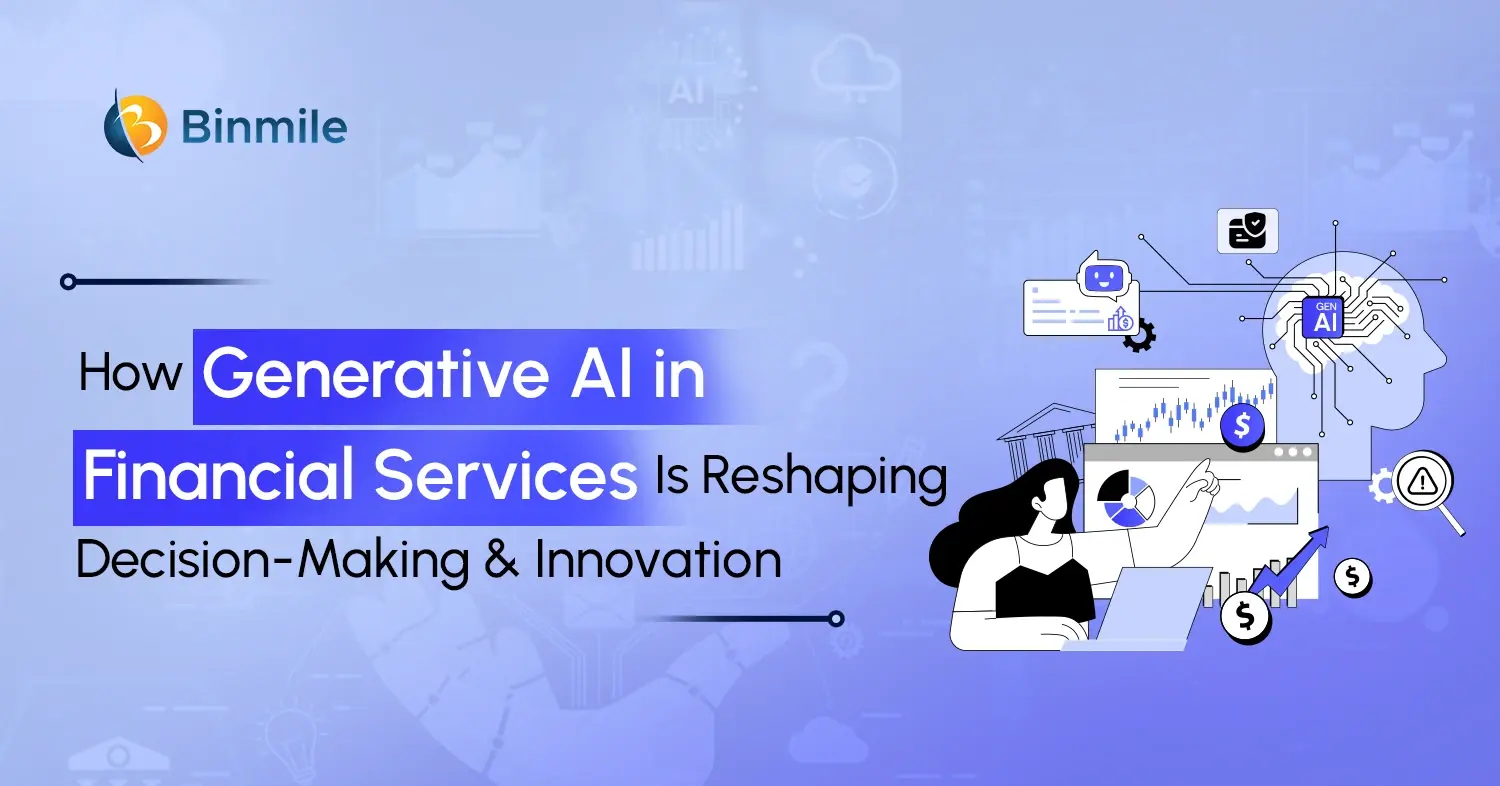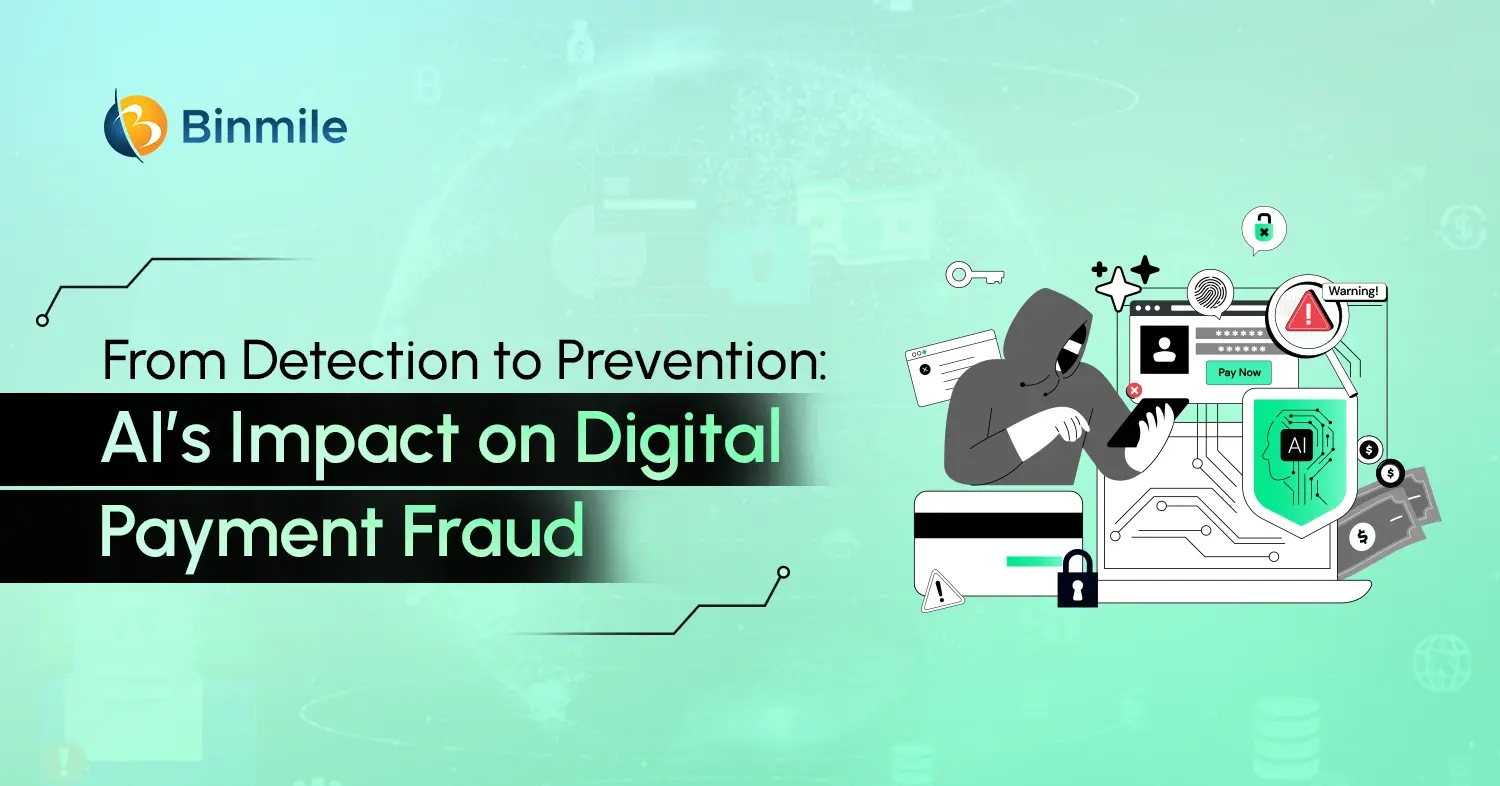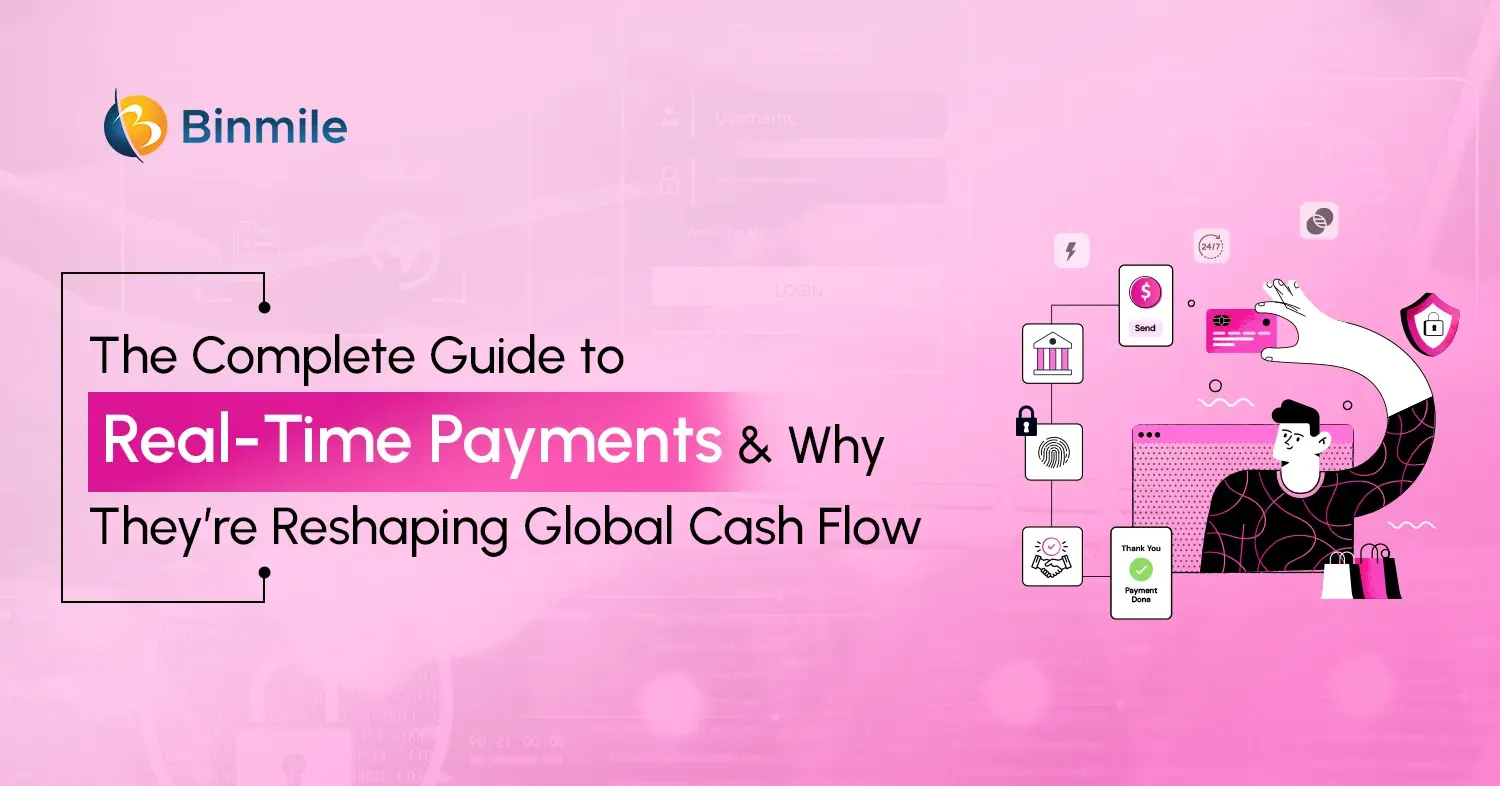In today’s ever-evolving digital landscape, technology has cropped up as a powerful tool for improving Financial Inclusion in BFSI and bridging the gap between financial services. With the emergence of innovative solutions, nowadays even the underserved population has the opportunity to access necessary banking services that were out of reach sometime ago. But the question comes, why is financial inclusion so important? How mobile apps and financial inclusion are interlinked? And most importantly, how will fintech software development come in handy down the line? Well, you will get the answer to all these questions and more in this prose today. But prior to that, let’s get the idea of:
What is Financial Inclusion?
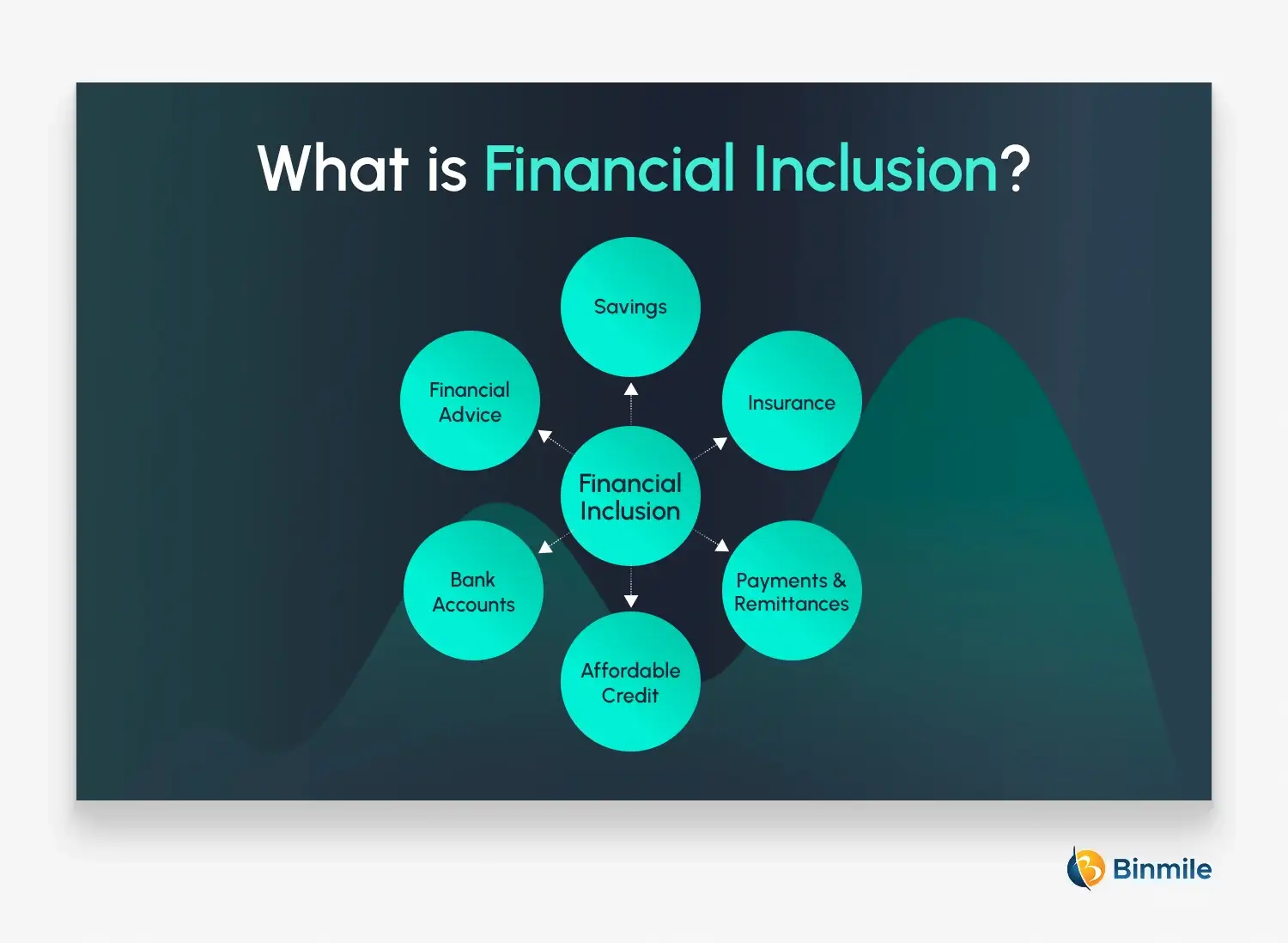
Financial inclusion is a way of providing banking and financial services to people of all income groups. It focuses on including everybody in society by offering them basic financial services irrespective of their income or savings. For instance, financial inclusion prioritizes offering financial solutions to economically underprivileged people in society as per a fintech software development company.
The term “financial inclusion” is broadly used to represent the provision of savings and loan services to the poor in a cheap and easy-to-use way. Its main aim is to ensure that the poor and marginalized take full advantage of their money and acquire financial education. With progress in digital banking in finance and online transactions, more and more businesses are now making financial inclusion simpler to attain.
Significance of Financial Inclusion in BFSI
Financial inclusion fuels the availability of economic resources and creates the concept of savings among poor folks. It is a major initiative taken towards inclusive growth, which is referred to as economic growth distributed fairly across society to create equivalent opportunities for all. Financial inclusion in BFSI powered by software for finance assists in the overall financial development of the underprivileged population. In some Asian countries, promising financial inclusion is required to uplift unwealthy individuals by rendering them with modified financial products and services.
Mobile Apps as a Solution for Financial Inclusion

Technology has popped up as a solid solution to resolving the challenges of financial inclusion. The increase in mobile phones and internet connectivity has opened up new opportunities to reach out to unbanked and underbanked individuals. Take, for instance, mobile banking apps like Chime. These applications have transformed the way people used to handle their finances by giving access to banking services anytime, anywhere.
These apps let people open bank accounts, check their account balances, make transactions, and even apply for loans, all from the comfort of their couch. By eliminating the requirement for physical infrastructure and mitigating operational costs, top app development companies have made financial services more affordable and accessible for the underserved group of people.
Role of Mobile Banking in BFSI
As per the World Bank, almost 1.7 billion adults across the globe remain unbanked, lacking access to basic banking services. This lack of access prevents them from partaking in the economy and limits their potential to enhance their living conditions.
Fortunately, mobile banking has played a significant role in driving financial inclusion, especially in developing countries where mobile phone adoption has increased to a great extent. Take, for example, Kenya. The advent of M-PESA Africa, a mobile payment platform, has revolutionized the way folks perform financial transactions. Through this fintech software development, people can send and receive money, pay bills, and even receive microloans using their smartphones.
The role of mobile banking in financial inclusion has made it feasible for people without access to conventional banking services to become financially involved. They can now save money securely, send money to their families living abroad, and access credit as and when required. In short, mobile banking has not only helped individuals live a better life but has also contributed to the growth of the economy by allowing improved economic activity.
Digital Payments and Their Effect on Financial Inclusion
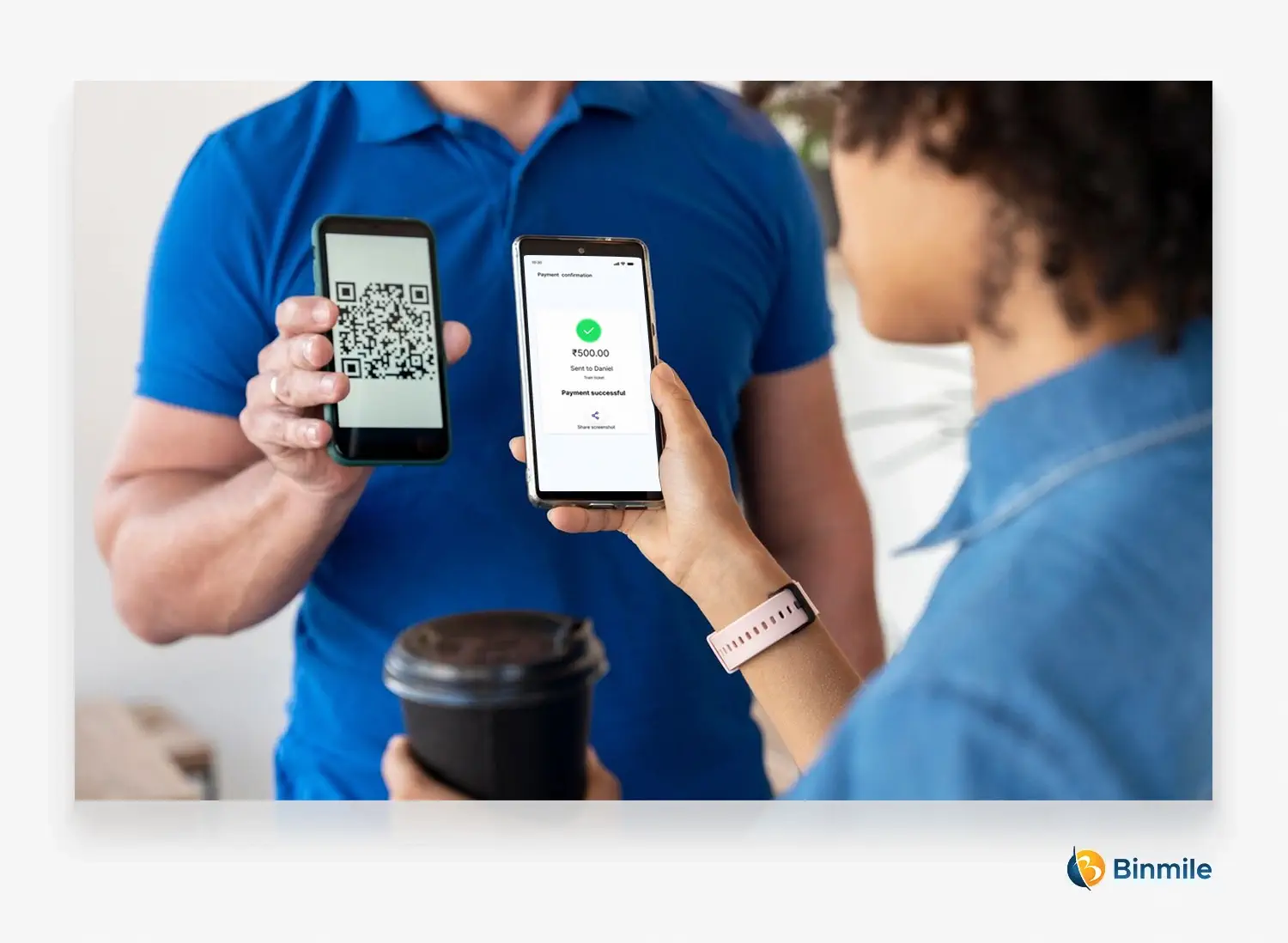
Apart from mobile banking, digital payment platforms have also contributed to advancing financial inclusion. Some platforms, like Google Pay, Alipay, and PayPal, allow people to make online transactions and payments without needing physical cash. Digital banking in finance provides a safe and convenient alternative to conventional banking services, especially for the unbanked and underbanked population out there.
The need to build apps for finance sector has become more important during the COVID-19 pandemic, where social distancing measures have reduced face-to-face transactions. With the potential to make contactless payments, individuals can continue to access necessary goods and services while reducing the risk of infection.
Fostering Fintech Software Development For Reaching Underserved Population
In addition to mobile banking and digital payments, state-of-the-art technologies have cropped up to reach underserved people and offer them necessary banking services. A case in point here is the biometric authentication technology that allows folks to access their accounts with the help of their fingerprints or facial recognition using digital banking in finance, getting rid of the need to present traditional identification documents.
In the same way, blockchain in financial services has the ability to transform financial inclusion by rendering secure and transparent transactions. Just so you know, Blockchain-based platforms can allow the population without proper identification or credit history to avail banking services using digital banking in finance, creating new possibilities for unbanked citizens.
Final Thoughts
With the pace at which technology is evolving, the future of financial inclusion appears to be promising. The blend of mobile banking, digital payments, and software for finance has the capacity to reach even the most remote and marginalized group of people, pushing them into the formal financial system.
By leveraging fintech software development, we can fill the gap in banking services and help underserved people enhance their financial well-being. Financial inclusion through technology is not just about giving access to banking services. It is also about creating equal opportunities for people to flourish and contribute to the economic growth of their nations.
Coming to the concluding part, it is important for governments, financial organizations, and technology top fintech companies to partner and innovate, making sure that no one is left behind in this digital ecosystem. Through collaborative efforts for Financial Inclusion in BFSI, we can create a more comprehensive and equitable financial system that benefits everyone, irrespective of their socio-economic status.


